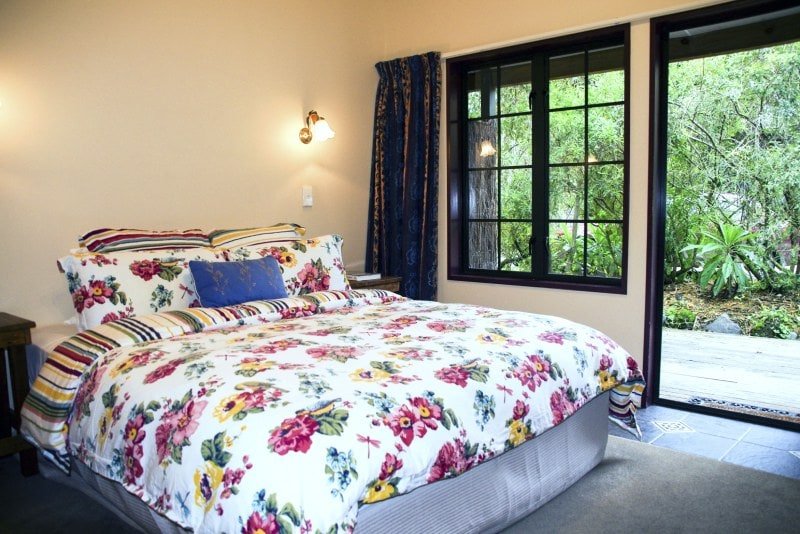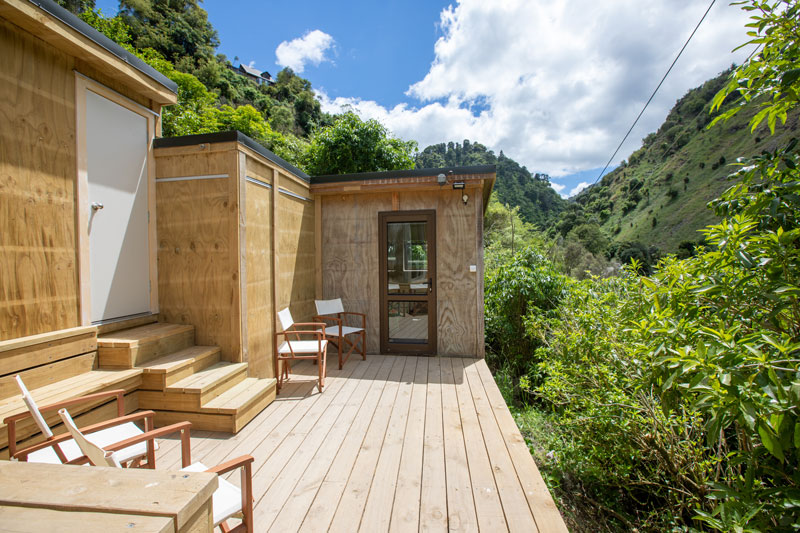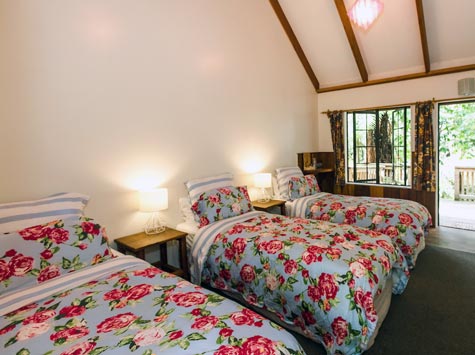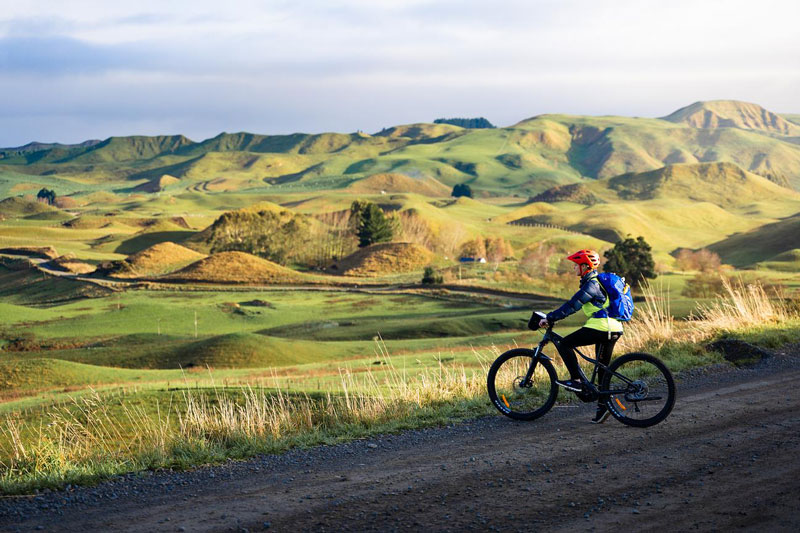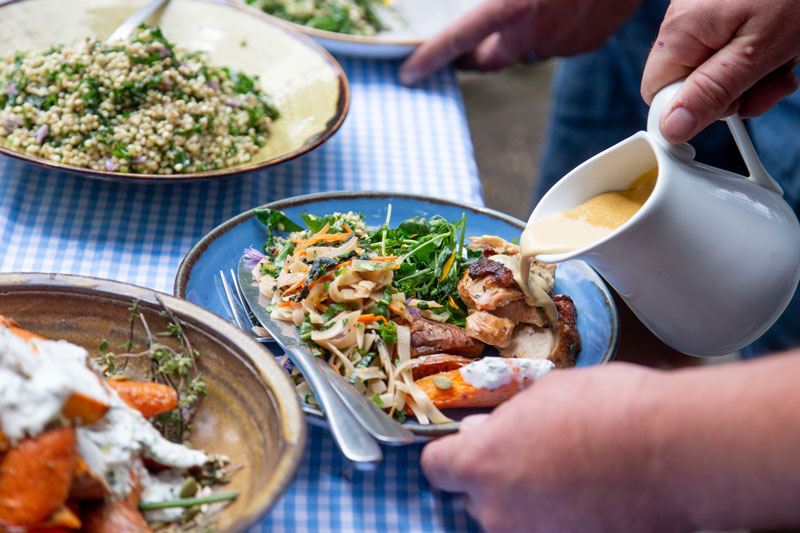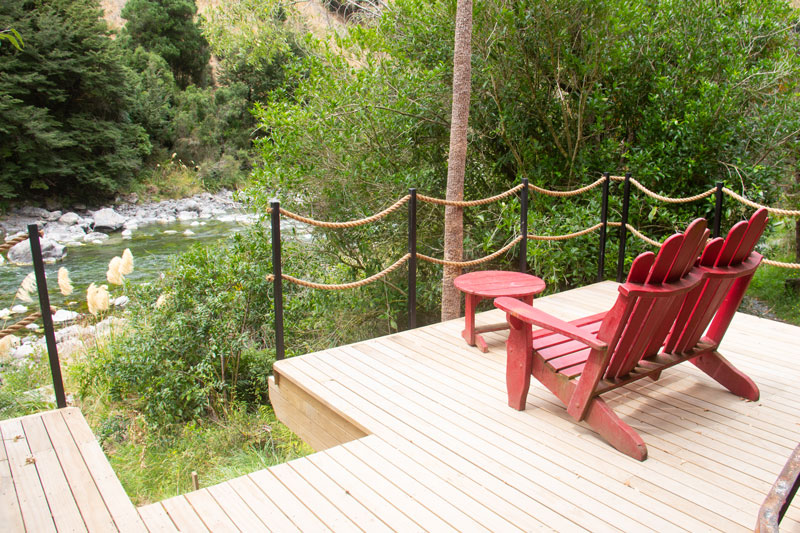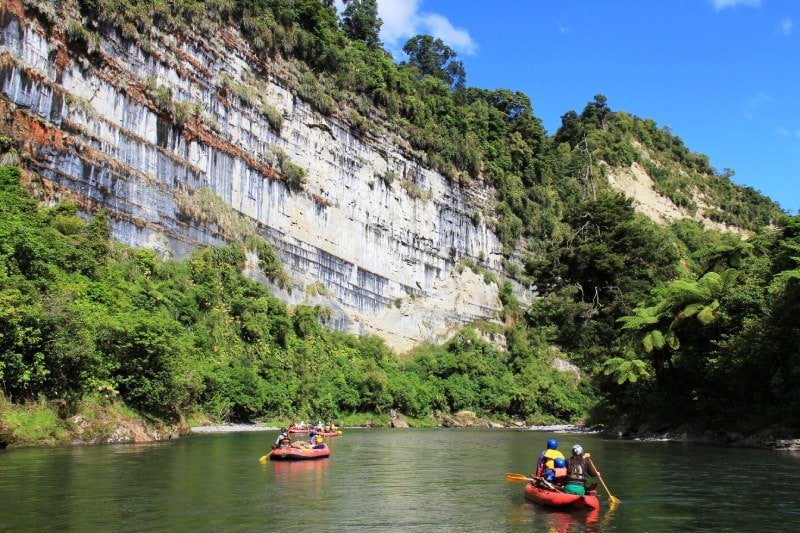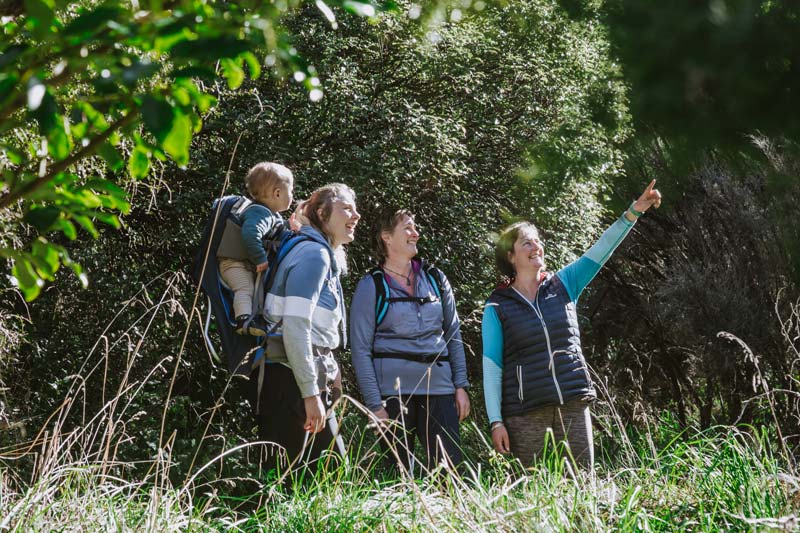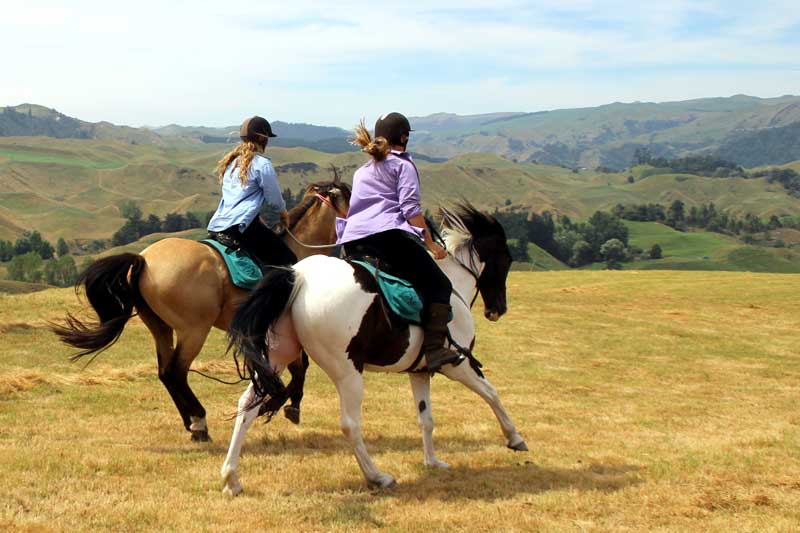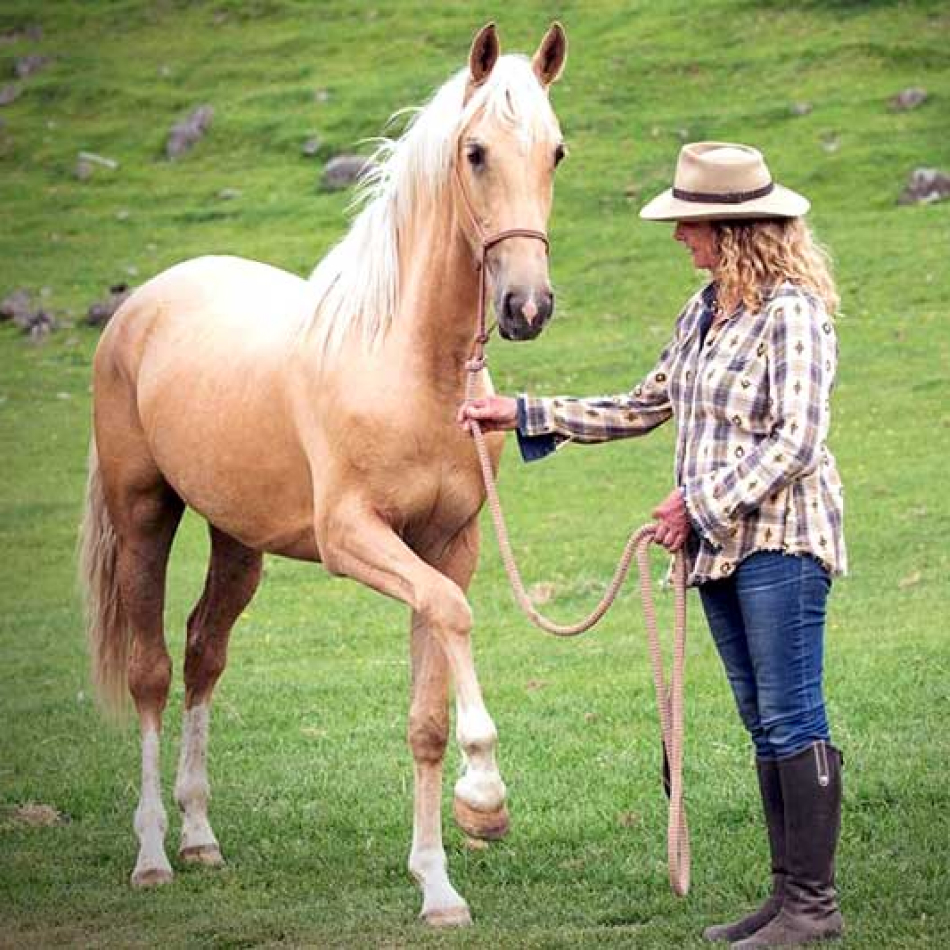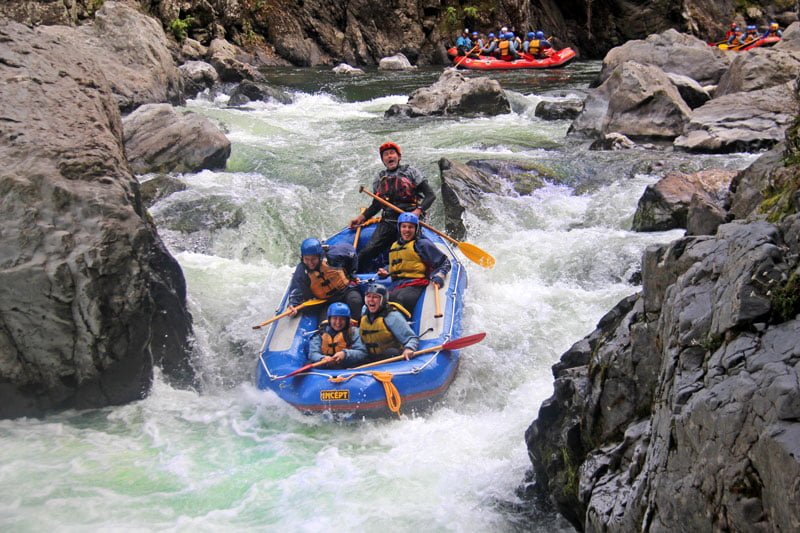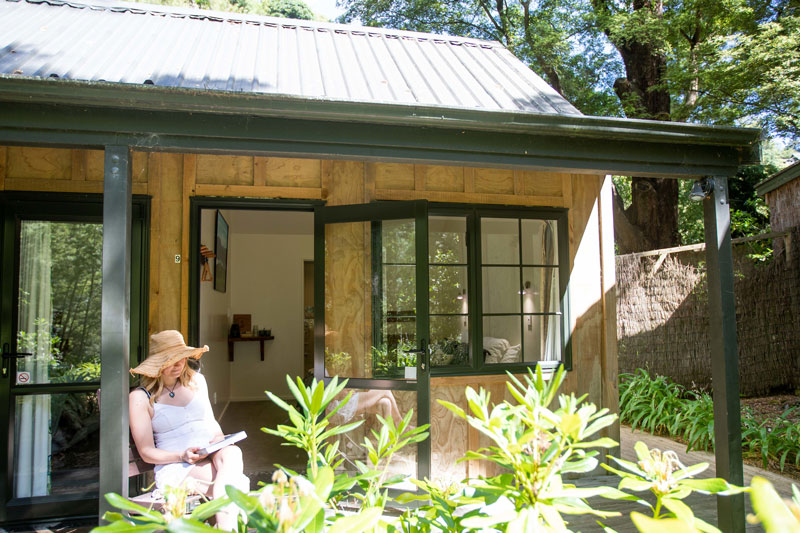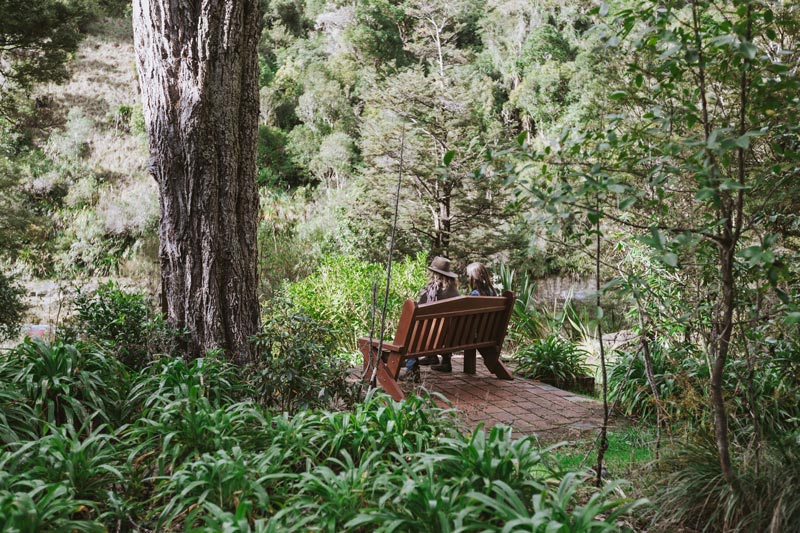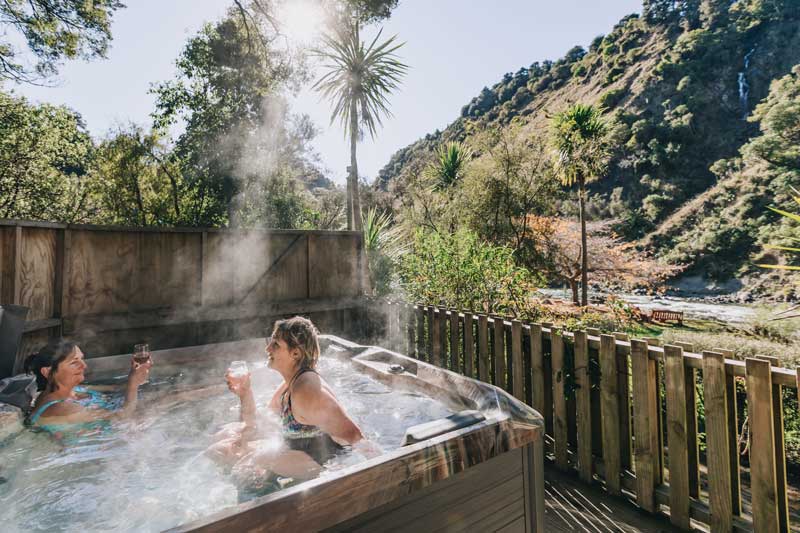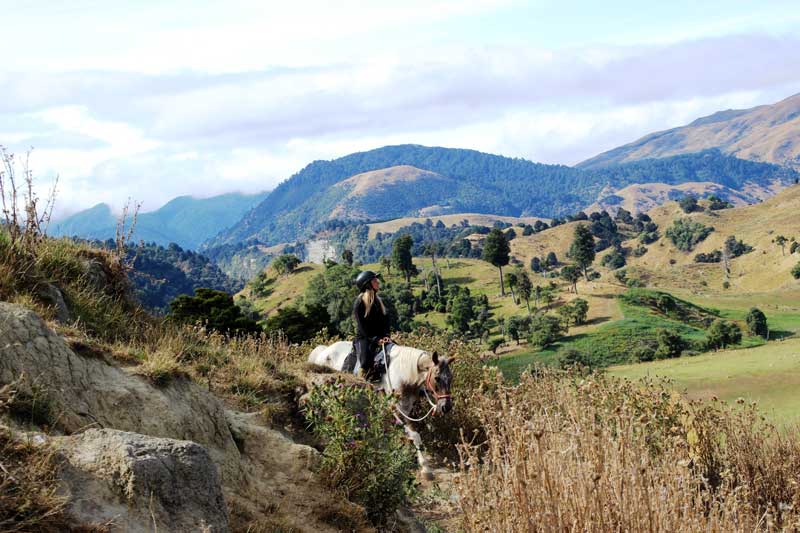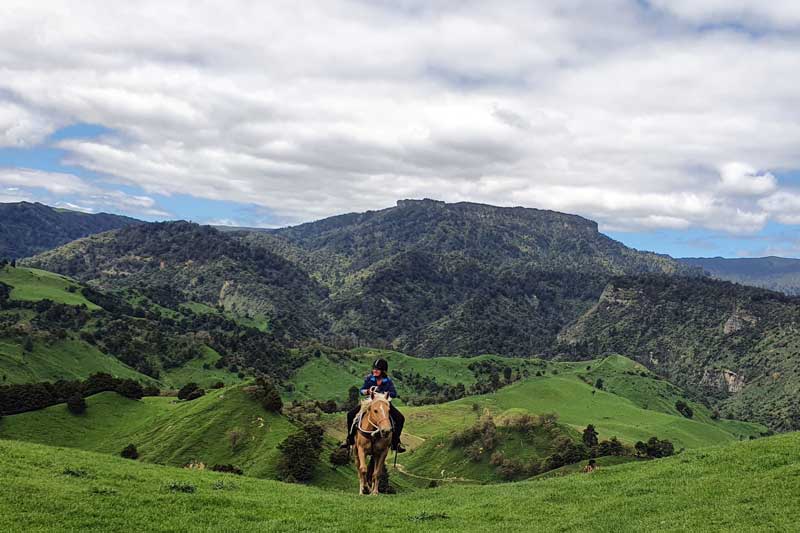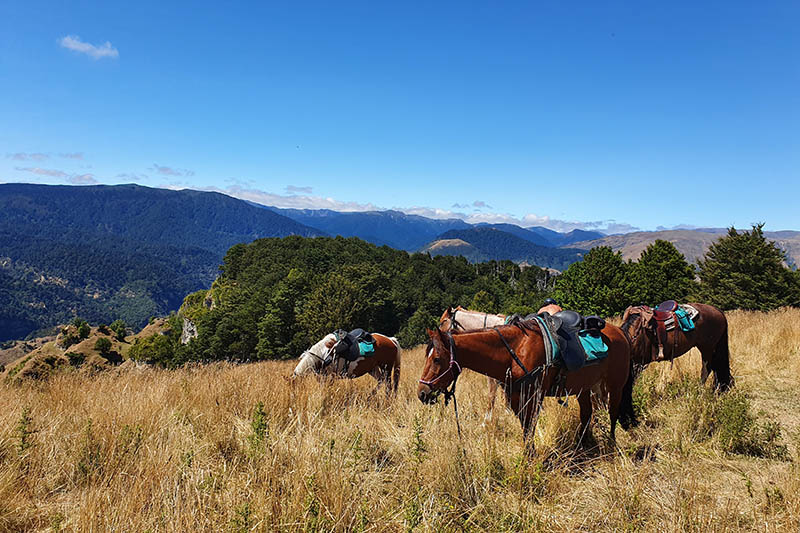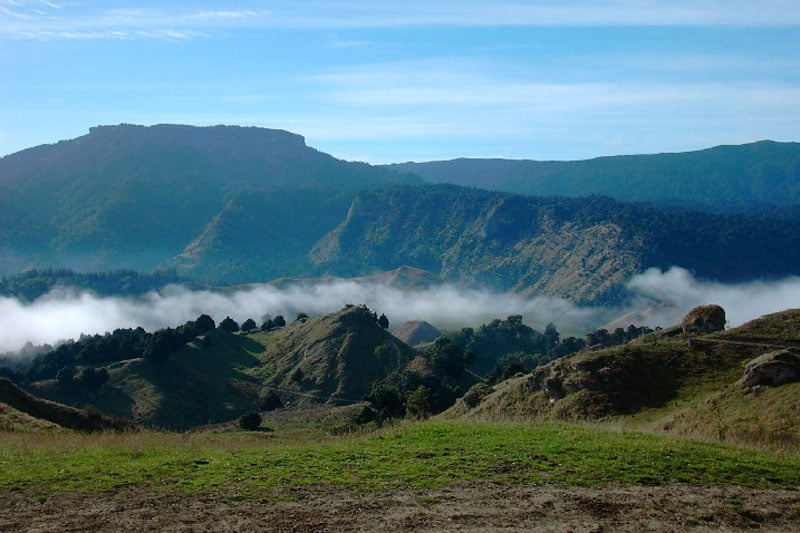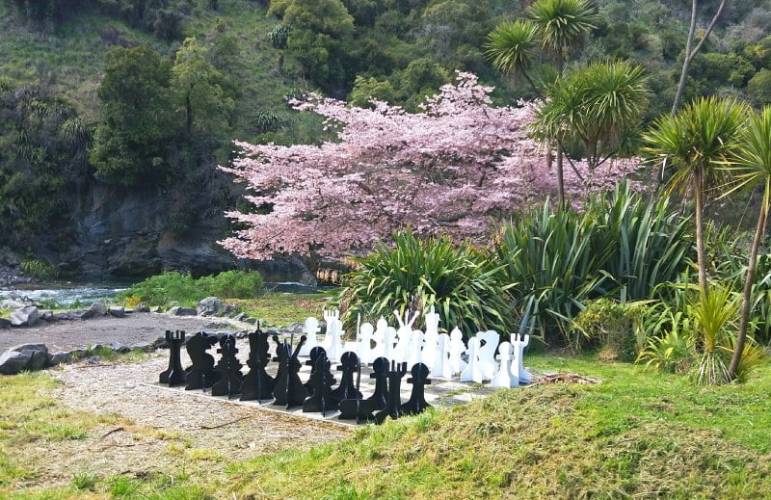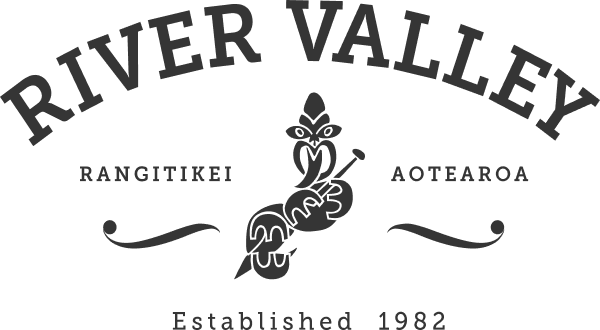Should it be called a savannah system? Or what about a silvopastoral system? Of course let’s not leave out an agroforestry system.
All these terms are used to describe ecosystems that incorporate trees with grassland. Savannahs generally have only a few scattered trees and are mostly found in areas with relatively low rainfall and distinct wet and dry seasons – think the Serengeti in Eastern Africa. This climate description does NOT describe Taihape, New Zealand.
Agroforestry and Silvopasture would appear for the most part to be almost interchangeable terms so let’s run with Agroforestry – mainly because it’s Wikipedia description best encapsulates what we are doing here at River Valley.
Wikipedia – Agroforestry is a land use management system in which trees or shrubs are grown around or among crops or pastureland. It combines shrubs and trees in agricultural and forestry technologies to create more diverse, productive, profitable, healthy, ecologically sound, and sustainable land-use systems.
Agroforestry is Ancient

Wide spaced Sweet Chestnut tree planted in an agroforestry planting.
There are surviving examples of agroforestry from around the world that are quite ancient. For example, in Europe, old Oak trees that have been pollarded for hundreds of years, delivering crops of wood, acorns and charcoal.
In the Mediterranean countries of Italy and Greece, Olives have traditionally been grown as part of a silvopastoral or silvoarable (where crops rather than pasture are grown amongst the trees) system.
At least as far back as the Romans, the practice of “pannage” was undertaken. This is where pigs were released into oak and beech forests in the autumn to fatten on acorn and beech masts, and into orchards to eat fallen fruit. So important was this practice in the Middle Ages that forests were valued on the number of pigs they could sustain. Woodland could be designated from one hog to hundred hog.
In Spain a similar system called “dehesas” is carried out. There is evidence that the dehesa system was practiced at least 2500 years ago.
Where “dehesa” differs from “pannage” is that in the areas that the pigs are released into, the oaks are a great deal further apart than in a woodland. Consequently each tree produces heavier crops of acorns. These acorns combined with the mix of grasses, herbs and forbs provides a varied and rich food source for the pigs. A very high quality and valuable ham is the end result.
Agroforestry Today
Right around the world there is renewed interest in this ancient system, especially where animals are grazing mixed grassland forage between rows of trees. The trees are multipurpose with some fixing nitrogen, some producing forage, some food for bees, while others produce nuts and fruit.
Some research suggests that this type of system could produce yields of food anywhere from 7-10 times a conventional wheat or corn field, or rice paddy.
Added benefits of an agroforestry system are the minimal need for outside synthetic inputs and the increased carbon sequestering.
How Does This Apply to River Valley?
Over the last few years of active tree planting at River Valley, we have broadened our approach from planting just odd pockets and riparian zones with native trees.
This more broad approach has seen a variety of nitrogen fixing, and fruit and nut (mostly Hazel) trees planted alongside paths and tracks.
A new approach that we undertook at our latest planting which took place last winter (2017) was to plant chestnut trees on a very wide spacing – 20 metres apart. While the area in these trees is quite small, in our own way we are copying the Spanish dehesa system. We know chestnuts grow well and fruit regularly here.
So, Yes We Have Gone Nuts
If we don’t eat all those hazel and chestnuts, or we cannot sell them, then we are sure some horses and pigs will devour the surplus. In the meantime the land is better in having those trees. Carbon is being sequested and bio-diversity is being enhanced.
A Regenerative Company
These types of initiatives are central to our purpose, the purpose of River Valley.
That purpose is to be a regenerative business that benefits the land, nature, family and staff, our local community, and our customers.
It is a great feeling to see all these trees grow and slowly transform the landscape.
And it just feels right.
Brian Megaw

Almost one year after planting, a young Sweet Chestnut at River Valley Stables

